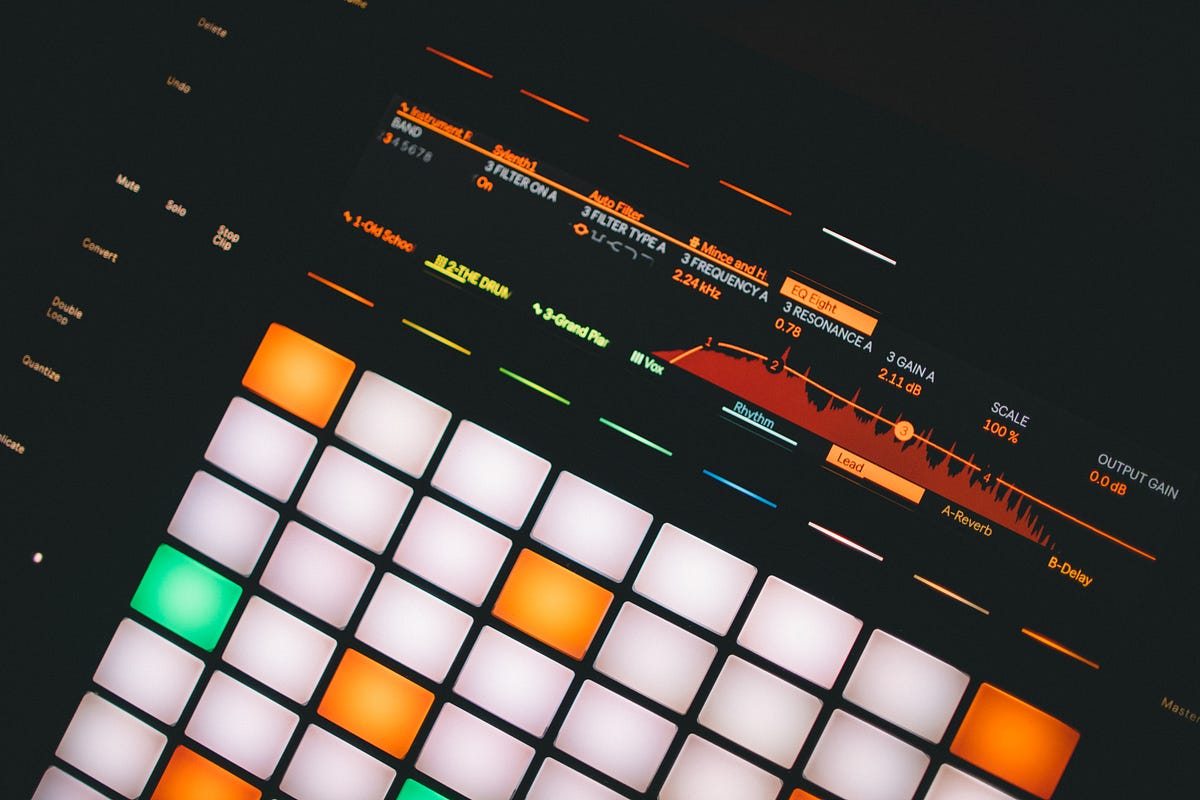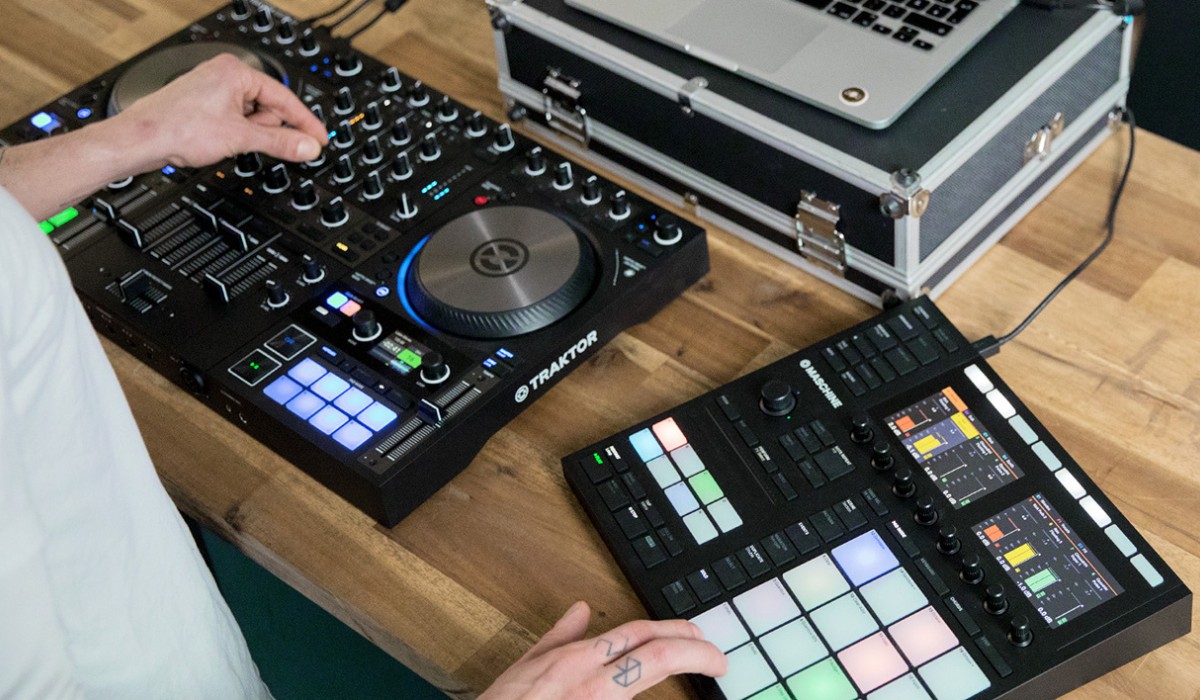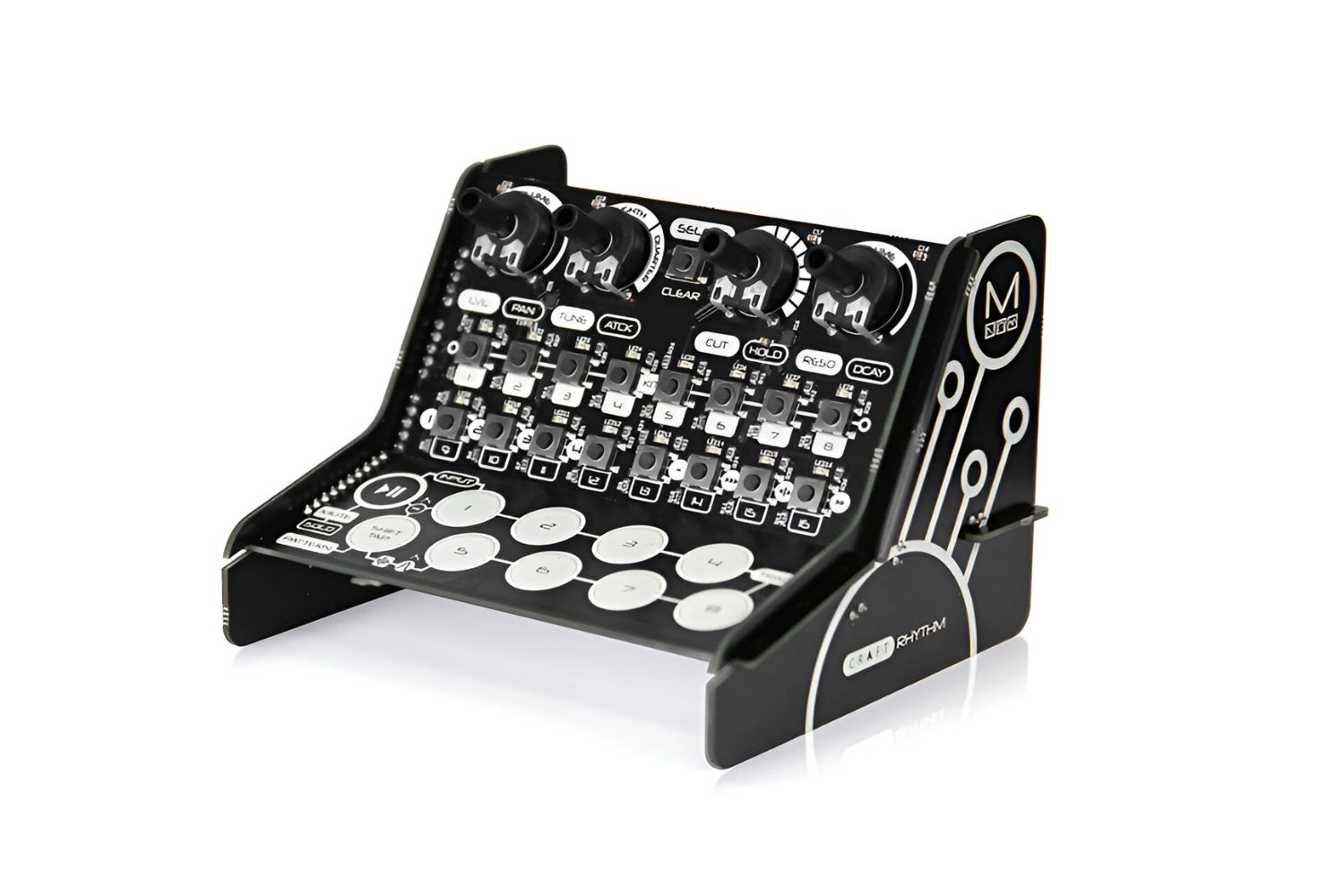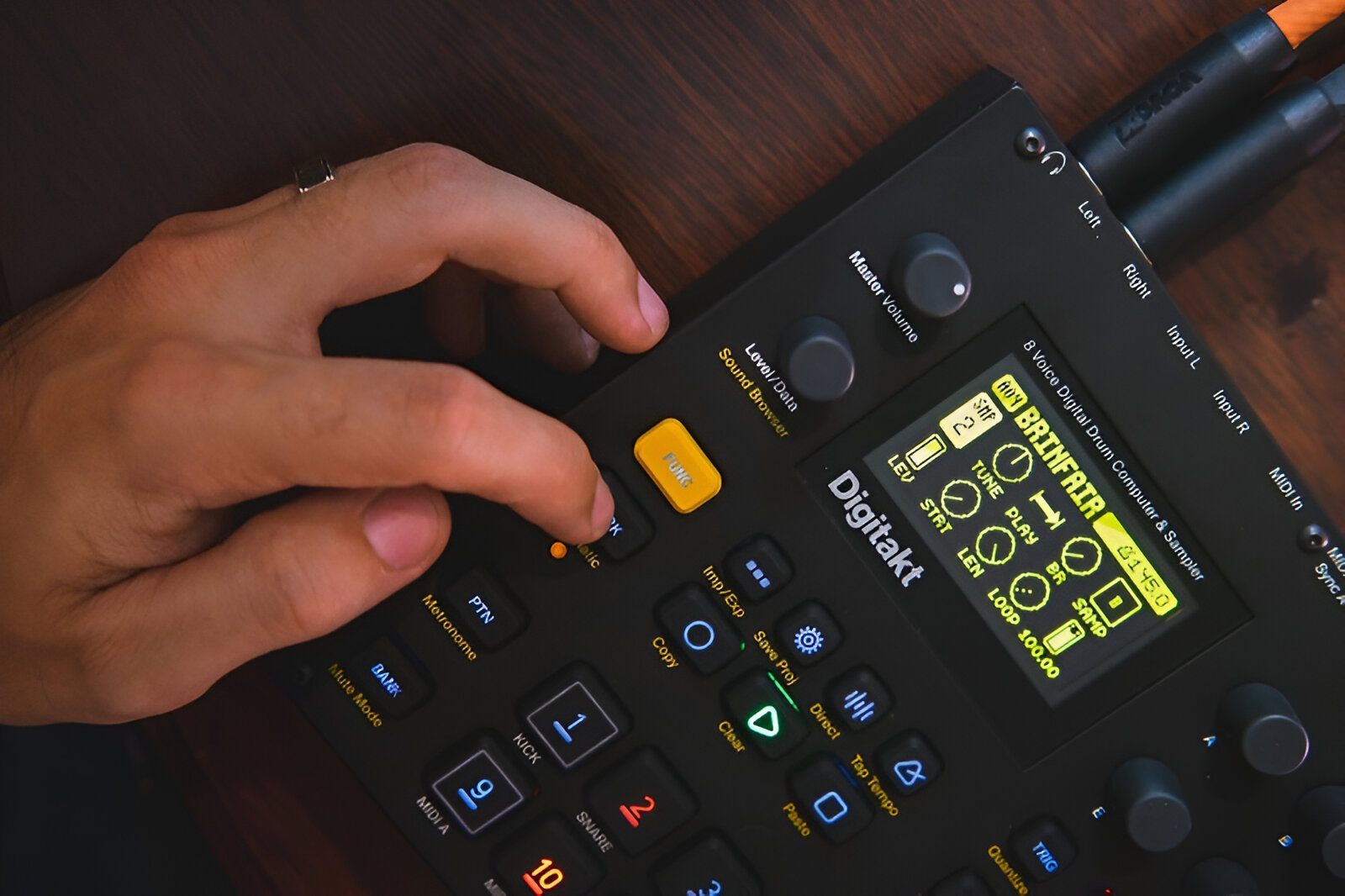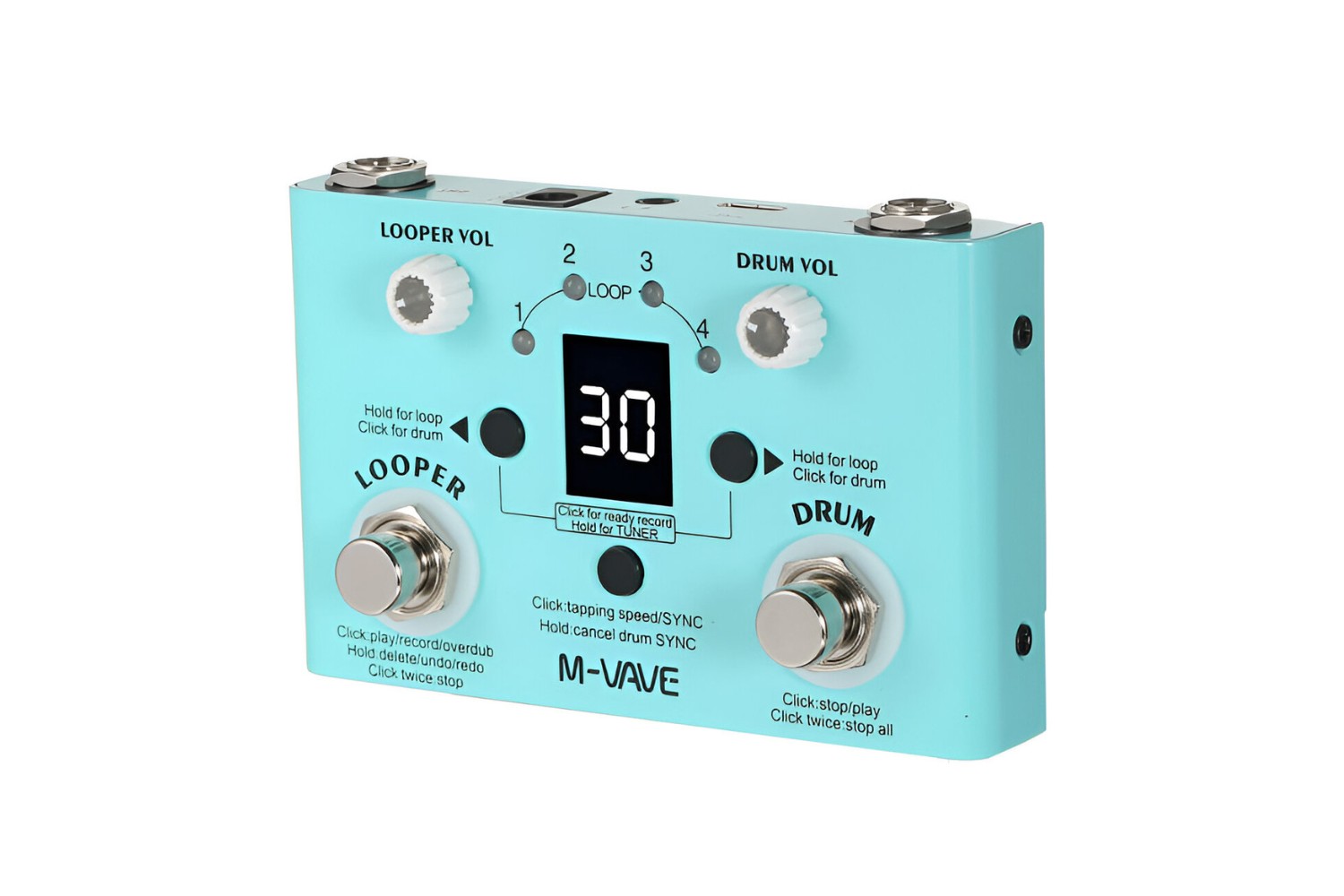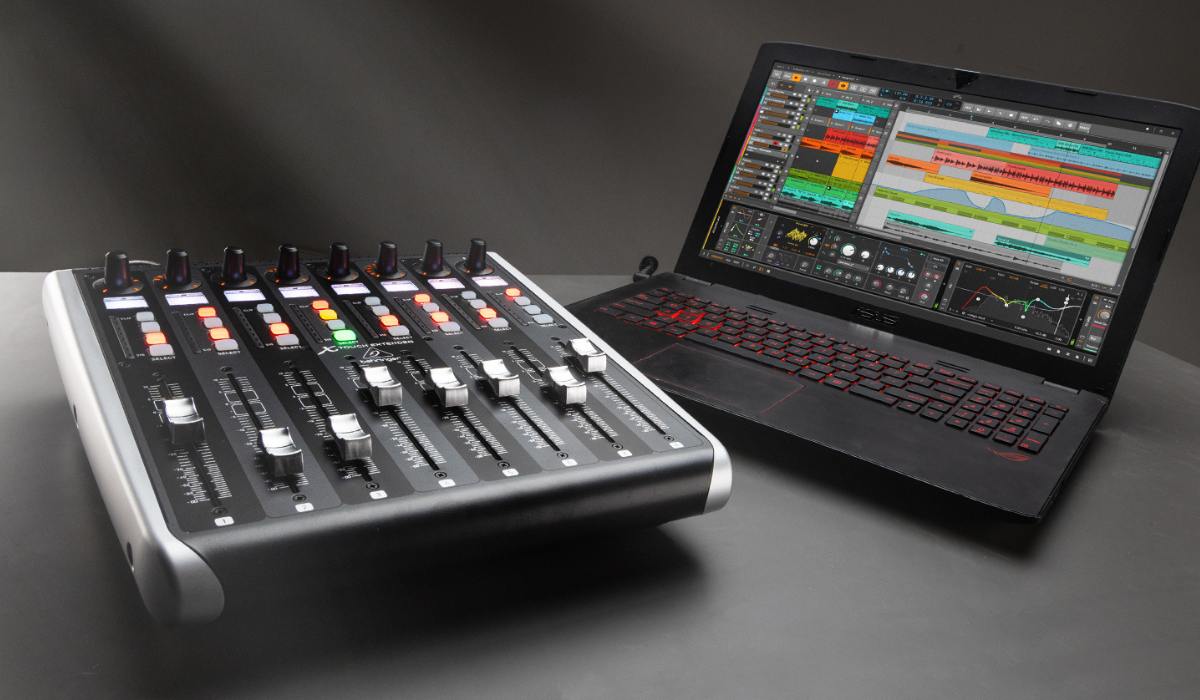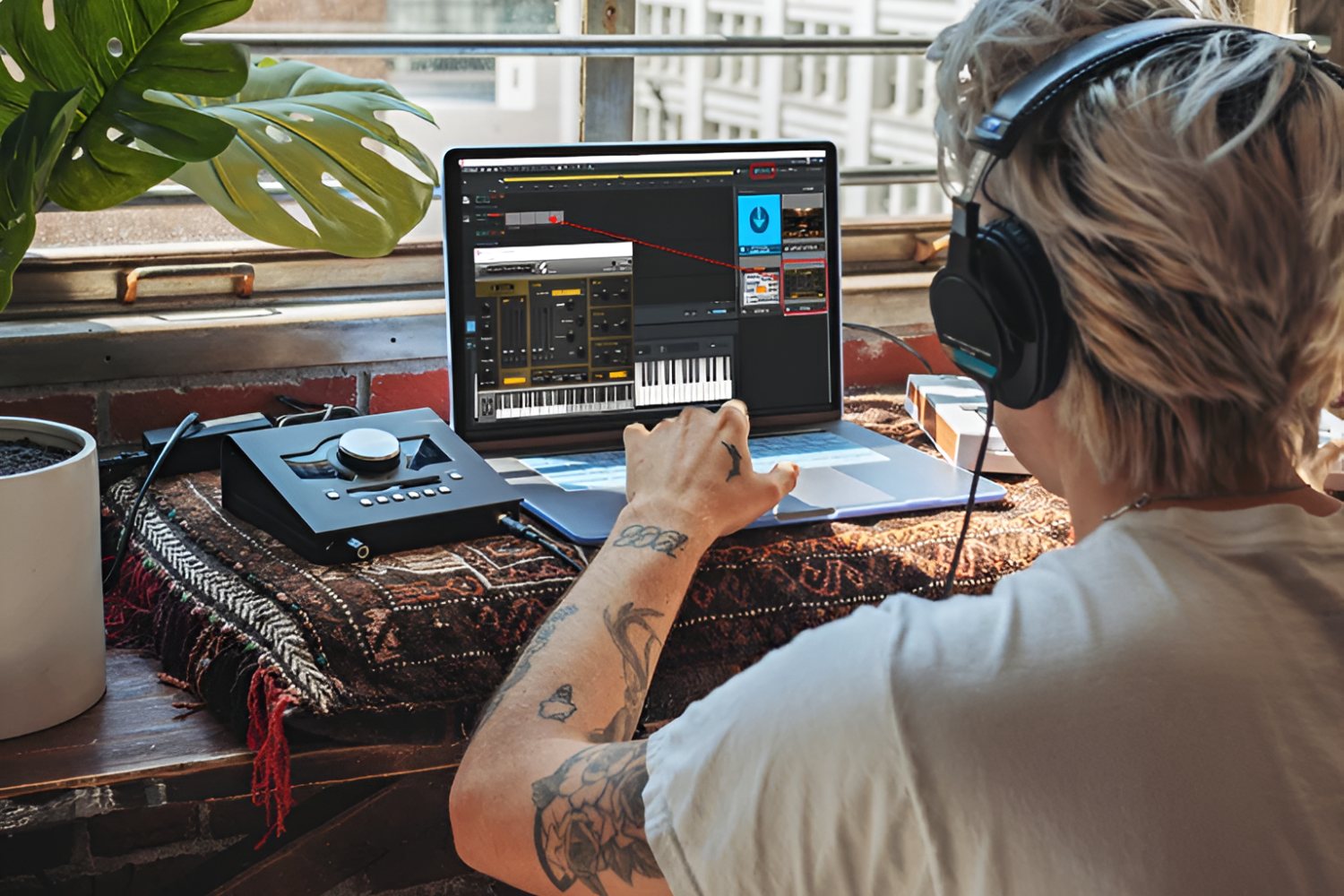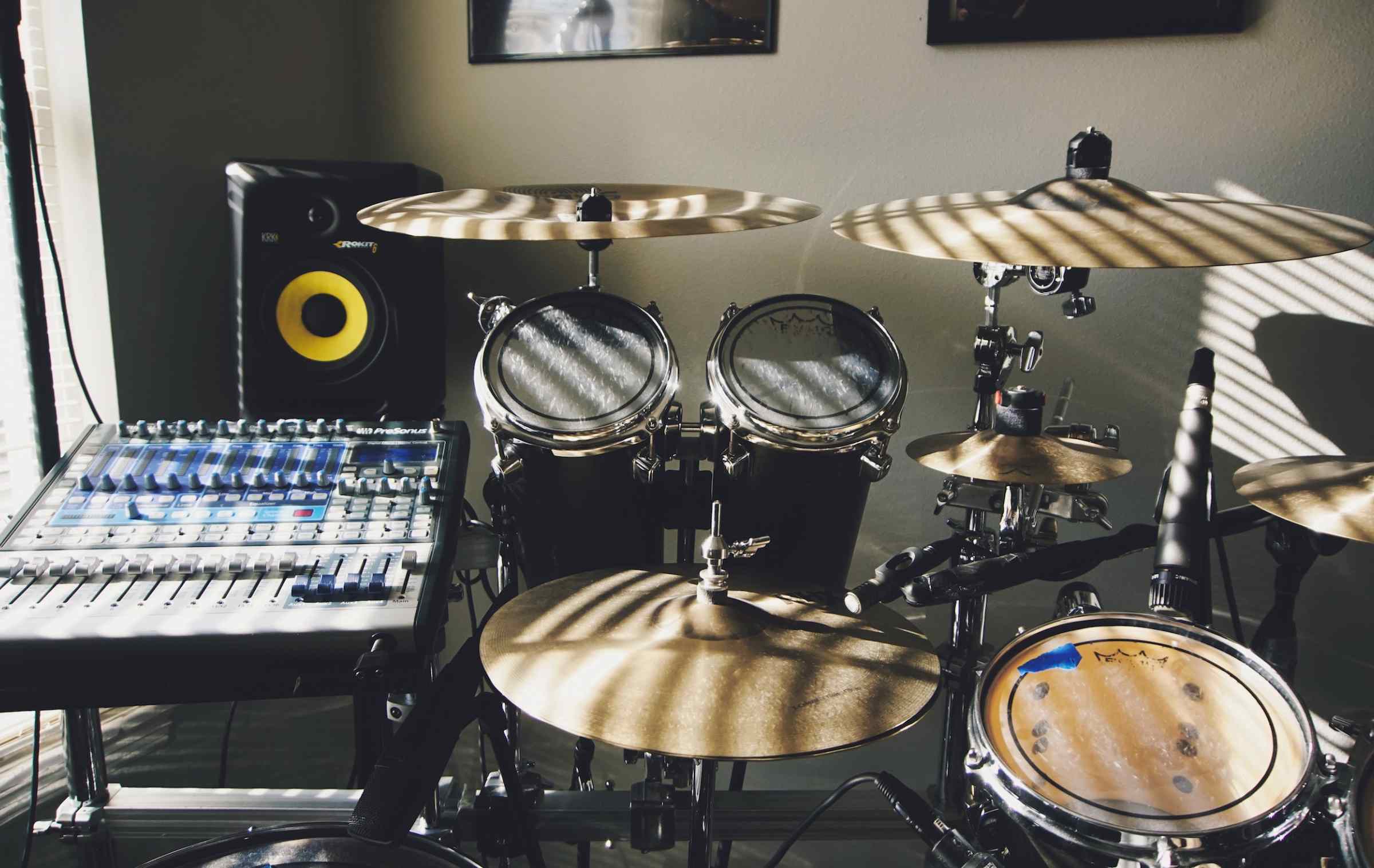Introduction
Welcome to the exciting world of creating a drum machine with JavaScript! In this digital era, music production has evolved tremendously, and the ability to craft your own drum machine using JavaScript opens up a realm of creative possibilities. Whether you're a budding musician, a seasoned developer, or simply curious about the intersection of music and technology, this tutorial will guide you through the process of building a fully functional drum machine from scratch.
The fusion of music and technology has always been a captivating domain, and by delving into this project, you'll gain valuable insights into both front-end development and audio manipulation. Through this hands-on experience, you'll not only hone your programming skills but also cultivate a deeper appreciation for the intricate art of sound design.
By the end of this tutorial, you'll have a dynamic web-based drum machine that can produce an array of beats and rhythms, showcasing the seamless integration of JavaScript's functionality with audio elements. So, roll up your sleeves, unleash your creativity, and let's embark on this exhilarating journey of building a drum machine with JavaScript!
Setting Up the HTML Structure
Before delving into the JavaScript intricacies, it’s essential to establish a solid foundation by setting up the HTML structure for our drum machine. The HTML will serve as the framework upon which we’ll build the interactive elements and integrate the audio components. Let’s begin by creating the basic layout that will house the drum sounds and user interface.
Firstly, we’ll define the necessary HTML elements to represent the drum pads. Each pad will correspond to a specific drum sound, and users will interact with these pads to trigger the sounds. By utilizing the <button> element for each pad, we can ensure a responsive and accessible interface for the drum machine.
Next, we’ll incorporate the audio elements by leveraging the <audio> tag. Within this tag, we’ll specify the source of each drum sound file using the src attribute. This sets the stage for seamless audio playback when the user triggers a drum sound.
To enhance the user experience, we’ll also include a visual display to indicate the currently active drum pad. This can be achieved by adding a visual highlight or animation to the active pad, providing immediate feedback to the user when a sound is triggered.
By carefully structuring the HTML layout, we lay the groundwork for a responsive and intuitive drum machine interface. This thoughtful approach not only ensures a seamless user experience but also sets the stage for effortless integration with the JavaScript functionality that will drive the interactivity of the drum machine.
Creating the Drum Sounds
One of the core elements of our drum machine is, of course, the drum sounds themselves. These sounds are the heartbeat of the machine, providing the rhythmic foundation for musical expression. In this section, we’ll explore the process of sourcing and preparing the drum sounds to be integrated into our JavaScript-powered drum machine.
To begin, we’ll curate a selection of drum sound samples that encompass a diverse range of percussive elements. These samples may include kicks, snares, hi-hats, cymbals, and various percussion instruments, each contributing to the sonic palette of our drum machine. It’s crucial to ensure that the chosen sounds are of high quality, as they will define the sonic identity of the machine.
Once the drum sound samples are assembled, we’ll prepare them for integration by ensuring they are in a compatible audio format, such as WAV or MP3. Additionally, we’ll optimize the sound files to minimize load times and ensure smooth playback within the web environment. This may involve compressing the audio files without compromising their sonic integrity, thus balancing audio quality with efficient delivery.
Furthermore, we’ll consider the spatial characteristics of the drum sounds, such as stereo positioning and spatial effects. By manipulating the spatial attributes of the sounds, we can create a sense of depth and immersion within the audio landscape of the drum machine, enhancing the overall sonic experience for the user.
By meticulously curating and preparing the drum sound samples, we lay the sonic groundwork for a captivating and versatile drum machine. These carefully selected and optimized sounds will form the sonic identity of the machine, inviting users to explore a diverse array of rhythmic possibilities within the interactive environment of our JavaScript-powered creation.
Building the Drum Machine Interface
With the foundational elements in place, it’s time to focus on crafting the user interface of our JavaScript-powered drum machine. The interface serves as the bridge between the user and the underlying functionality, providing a visually engaging and intuitive platform for interacting with the drum sounds. In this section, we’ll explore the essential components and design considerations involved in creating a compelling drum machine interface.
First and foremost, the layout and visual design of the interface should prioritize user accessibility and ease of use. This entails organizing the drum pads in a logical and visually appealing manner, allowing users to intuitively identify and interact with the various drum sounds. Clear visual cues, such as color differentiation or iconography, can enhance the user’s understanding of the interface and streamline the interaction process.
Furthermore, the interface should offer responsive feedback to user interactions. When a drum pad is triggered, visual indicators, such as highlighting or animation, can provide immediate feedback, reinforcing the connection between user input and audio output. This real-time responsiveness enriches the user experience, creating a sense of tactile engagement with the virtual drum machine.
Consideration should also be given to the scalability and adaptability of the interface. The design should accommodate different screen sizes and orientations, ensuring a consistent and enjoyable experience across various devices. Responsive design principles can be employed to optimize the interface for desktop, tablet, and mobile environments, maximizing accessibility for a diverse audience.
By thoughtfully crafting the drum machine interface, we create an inviting and immersive environment for users to explore rhythm and creativity. The harmonious fusion of visual design, interactivity, and user feedback culminates in a compelling interface that beckons users to unleash their musical expression within the dynamic framework of our JavaScript-driven drum machine.
Adding Interactivity with JavaScript
With the HTML structure and interface design in place, the next pivotal step in our journey of building a drum machine is to infuse it with interactivity through the power of JavaScript. JavaScript will serve as the dynamic force that enables users to trigger drum sounds, receive real-time feedback, and immerse themselves in the rhythmic exploration offered by the drum machine. Let’s delve into the key aspects of adding interactivity to our creation using JavaScript.
Firstly, we’ll establish event listeners to detect user interactions with the drum pads. By attaching event listeners to the drum pad buttons, we can capture user input, such as clicks or taps, and initiate the playback of the corresponding drum sound. This seamless integration of user input and audio output forms the core interactivity of the drum machine, empowering users to engage with the rhythmic elements in a responsive and intuitive manner.
Furthermore, JavaScript will facilitate the dynamic manipulation of visual elements to provide immediate feedback to the user. When a drum pad is triggered, JavaScript can orchestrate visual cues, such as highlighting the active pad or triggering animations, to visually reinforce the user’s action. This real-time feedback fosters a sense of connection between user input and the machine’s response, enhancing the overall user experience.
Additionally, JavaScript empowers us to implement more advanced features, such as tempo control, rhythm sequencing, and real-time effects processing. These capabilities expand the creative potential of the drum machine, allowing users to experiment with rhythmic patterns, explore tempo variations, and apply dynamic effects to the drum sounds, all within the interactive realm enabled by JavaScript.
By harnessing the versatility of JavaScript, we transform the static interface into a dynamic and engaging platform for musical expression. The fusion of user input, audio playback, and visual feedback, orchestrated by JavaScript, culminates in a captivating and interactive drum machine that invites users to unleash their creativity and immerse themselves in the rhythmic tapestry of our digital creation.
Conclusion
Congratulations on embarking on this exhilarating journey of building a drum machine with JavaScript! Throughout this tutorial, we’ve ventured into the captivating realm where technology converges with music, resulting in a dynamic and interactive creation that beckons users to explore the rhythmic possibilities within a web-based environment.
By meticulously crafting the HTML structure, curating and preparing the drum sounds, designing an intuitive interface, and infusing interactivity through JavaScript, we’ve woven a tapestry of elements that harmonize to form a compelling drum machine. This digital instrument not only showcases the seamless integration of front-end development and audio manipulation but also invites users to immerse themselves in the creative exploration of rhythm and sound.
As you reflect on the journey we’ve undertaken, it’s evident that the fusion of technology and music continues to inspire innovative expressions of creativity. The drum machine we’ve built stands as a testament to the boundless potential of digital tools in shaping musical experiences, empowering users to engage with rhythm in a dynamic and interactive manner.
As you continue to expand your skills and explore the intersection of technology and music, may this endeavor serve as a springboard for further experimentation, innovation, and creative exploration. The drum machine you’ve crafted not only embodies the artistry of sound design but also represents the endless possibilities that emerge when code and creativity converge.
So, with your newfound knowledge and a drum machine at your fingertips, unleash your creativity, embrace the rhythmic tapestry of digital expression, and continue to push the boundaries of what’s possible at the intersection of music and technology. The journey doesn’t end here; it’s an ongoing symphony of innovation and imagination, and you’re an integral part of shaping its melodious evolution.







